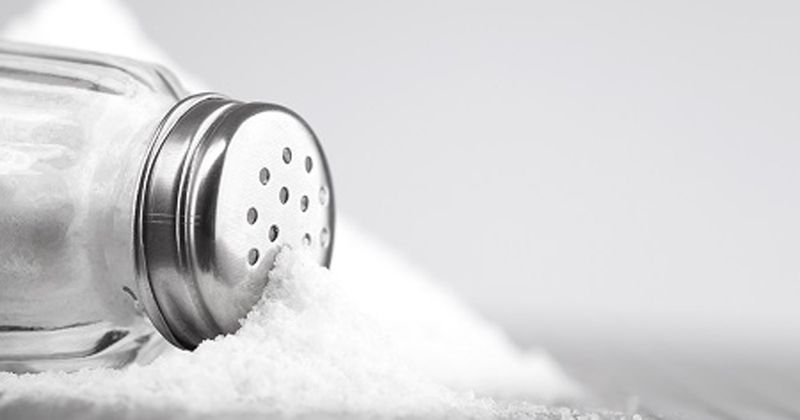Sodium, potassium guidelines rarely met by adults with diabetes
Australian residents with diabetes are not meeting guidelines for dietary sodium and potassium and are not likely to change their intake over time, according to a study published in Nutrition & Diabetes.

“Despite public health bodies advocating for many years about the benefits of lowering dietary sodium and increasing potassium to improve cardiovascular health outcomes, these guidelines are simply not being met in people with diabetes,” said Sara Baqar, MBBS, FRACP, a PhD candidate at the University of Melbourne and endocrinologist at Austin Health in Heidelberg, Australia, told Healio. “Furthermore, an important finding of our study was that sodium and potassium intake is actually unlikely to change over time in people with diabetes. Therefore, the sodium and potassium intake in a person with diabetes today, is most likely going to be at the same level in the future, despite all the investment in public health advocacy.”

Baqar and colleagues conducted a prospective study that included 904 adults with diabetes (551 men; mean age, 60 years; mean diabetes duration, 13 years) from Melbourne University teaching hospital diabetes outpatient clinics. Most of the participants had either type 2 diabetes (n = 732) or type 1 diabetes (n = 144); 10 had latent autoimmune diabetes in adults. Participants’ dietary sodium and potassium intakes were assessed using 24-hour urinary excretion values recorded from 2009 to 2015. The thresholds for meeting dietary guidelines were based on the American Diabetes Association’s recommendation for intake of less than 2,300 mg of sodium per day and the Institute of Medicine’s recommendation of more than 4,680 mg of potassium per day, for groups at high risk for cardiovascular disease.
After values were adjusted for urinary creatinine excretion, the cohort had a mean 24-hour sodium excretion of 181 mmol, leaving 7% meeting sodium guidelines. In univariate analysis, men were less likely to meet the guidelines than women (OR = 0.40; 95% CI, 0.31–0.52), whereas all participants were more likely to meet the guidelines as their duration of diabetes increased (OR = 1.04; 95% CI, 1.02–1.05). Higher estimated glomerular filtration rates (OR = 0.99; 95% CI, 0.99–1.00) and triglyceride levels (OR = 0.81; 95% CI, 0.71–0.92) were associated with participants being less likely to meet guidelines.
Mean 24-hour potassium excretion was 76 mmol, leaving 5% of participants following dietary potassium guidelines. Men were more likely to meet the guidelines than women (OR = 6.13; 95% CI, 3.39–11.1), as were participants with longer duration of diabetes (OR = 0.96; 95% CI, 0.93–0.99). Older age increased the likelihood of meeting potassium guidelines (OR = 0.97; 95% CI, 0.96–1.00), but there was no significant association in meeting sodium guidelines as age increased.
Participants had a mean of four, 24-hour urine collections over a 7-year period. Intakes of sodium and potassium at the population level did not change over time, according to the researchers.
Baqar said the findings bring up important questions regarding the feasibility and practicality of sodium and potassium guidelines.
“Ultimately, the important question raised by our study is, should public health bodies continue to use the same approach, by advocating for sodium and potassium intake targets in guidelines, that are clearly not being met, by a high-risk population?” Baqar said. “Or should there be a shift in this approach? Would it be more meaningful for these public health bodies to work with relevant food industry bodies and commit to reducing sodium contents in processed foods?”
With so few people reaching sodium and potassium targets, researchers concluded long-term, interventional studies are needed to determine a more feasible dietary sodium intake target for people with diabetes.
“Moving forward, lowering dietary sodium intake in people with diabetes to the current recommended targets set by public health bodies, such as the American Diabetes Association, to sodium less than 2,300 mg per day must be considered on an individualized basis,” Baqar said. “Individualizing dietary sodium recommendation targets for people with diabetes will become increasingly important and will need to be considered by clinicians in much the same way as they are now doing when they individualize glucose targets.”
Reference:
Ekinci EI et al. Diabetes Care. 2011;doi:10.2337/dc10-1723
For more information:
Sara Baqar, MBBS, FRACP can be reached at sara.baqar@austin.org.au; Twitter: @Sarabaqar1


